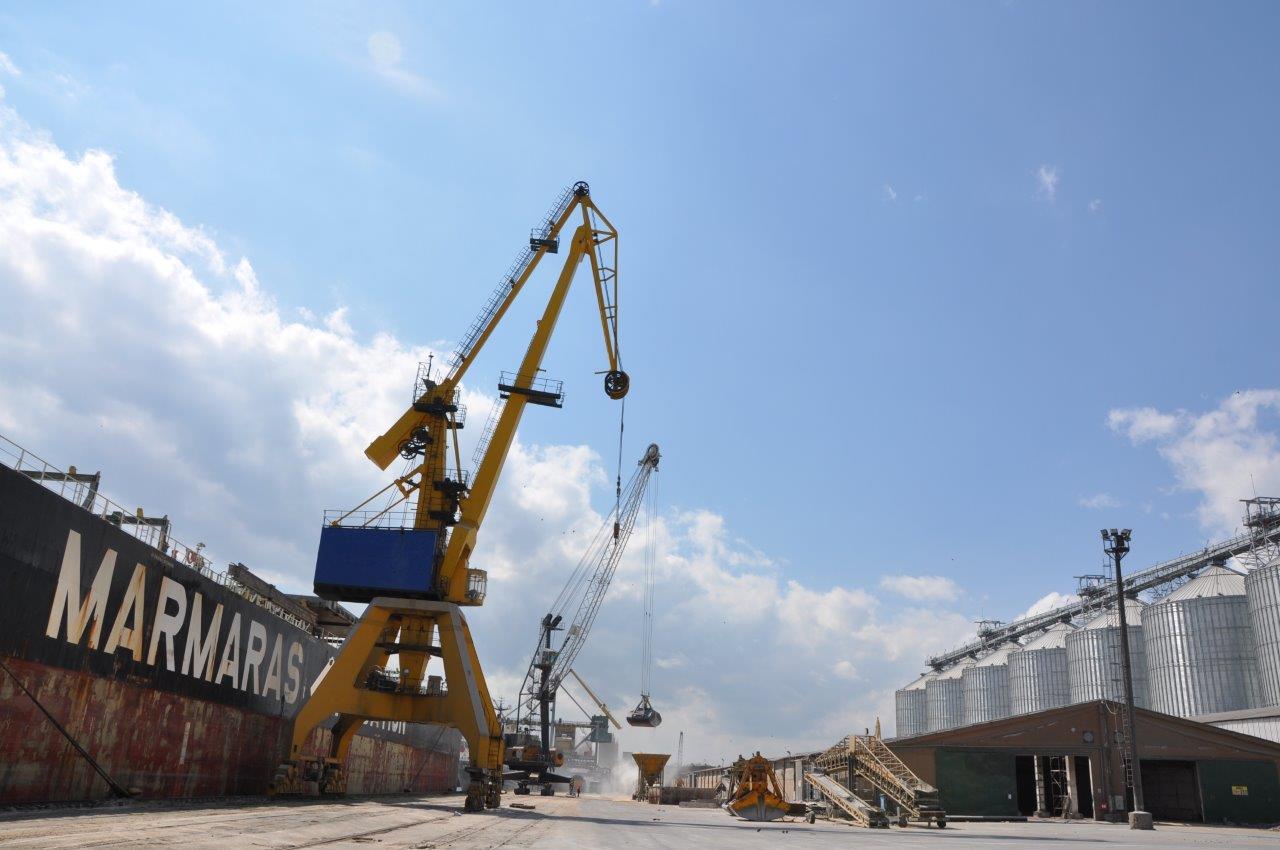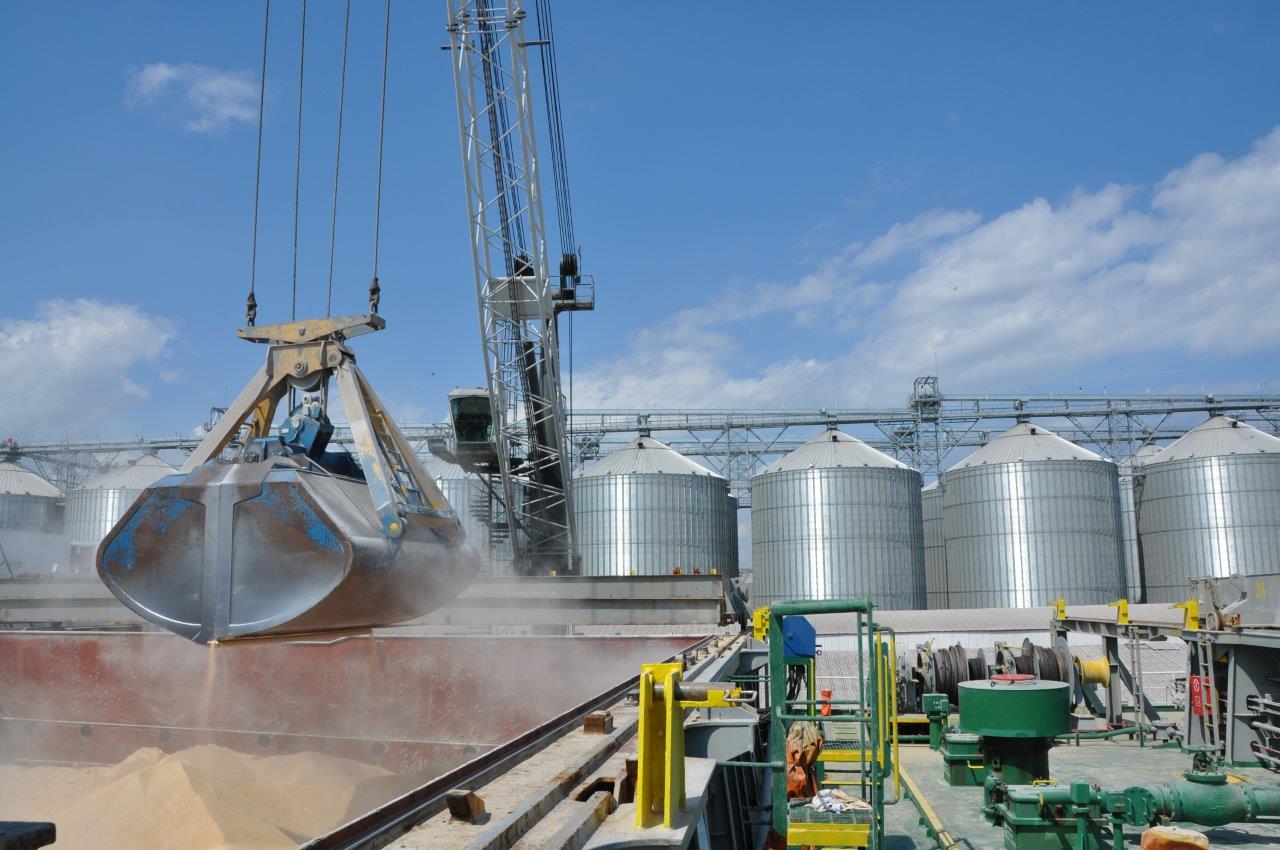U.S. Soybean Meal Imports Delivered in April to Constantza Port for Romanian and Bulgarian Customers
- Category:
- Animal Utilization
- General News

During the month of April, 30,000 metric tons (MT) of U.S. soybean meal arrived in Constantza Port (Romania) for Romanian and Bulgarian customers. The imports, made by Bunge Romania, are worth over $14 million. Due to geographic proximity, 70,000 MT of U.S. soybean meal was loaded at the Port of New Orleans and delivered first to Istanbul, Turkey, where more than half of the load was left, before reaching the final destination, Constantza Port, the largest port on the Black Sea.
Because soybean meal is the main source of protein for the poultry and livestock feeds, the shipment was quickly unloaded and will be distributed within the next few weeks to key end users from Romania and Bulgaria.
USSEC worked closely with exporters and end users, and at the time of delivery, samples of soybean meal were collected at the port for chemical composition and amino acids profile analysis in order to establish as accurate a nutritional profile as possible of the ingredient to be used in commercial feeds. The updated ingredient matrix helped nutritionists to more easily formulate feeds, and capture the advantages of U.S. soybean meal, turning it into savings and better animal performances.

The current shipment is considered to be a success by all parties involved, including the exporter and end users. Coordination, follow up, and technical support are key factors in building a preference for U.S. Soy among Romanian and Bulgarian poultry and livestock integrated companies.


Even though they are not the largest in the European markets, the Romanian and Bulgarian feed and livestock industries have increased their production volume for three times since the 1996 year and local agricultural and animal farming sectors are on the way to be developed with EU funds. These are premises for mid and long term development of the South East European sectors and indeed, may potentially increase the demand for U.S. Soy.